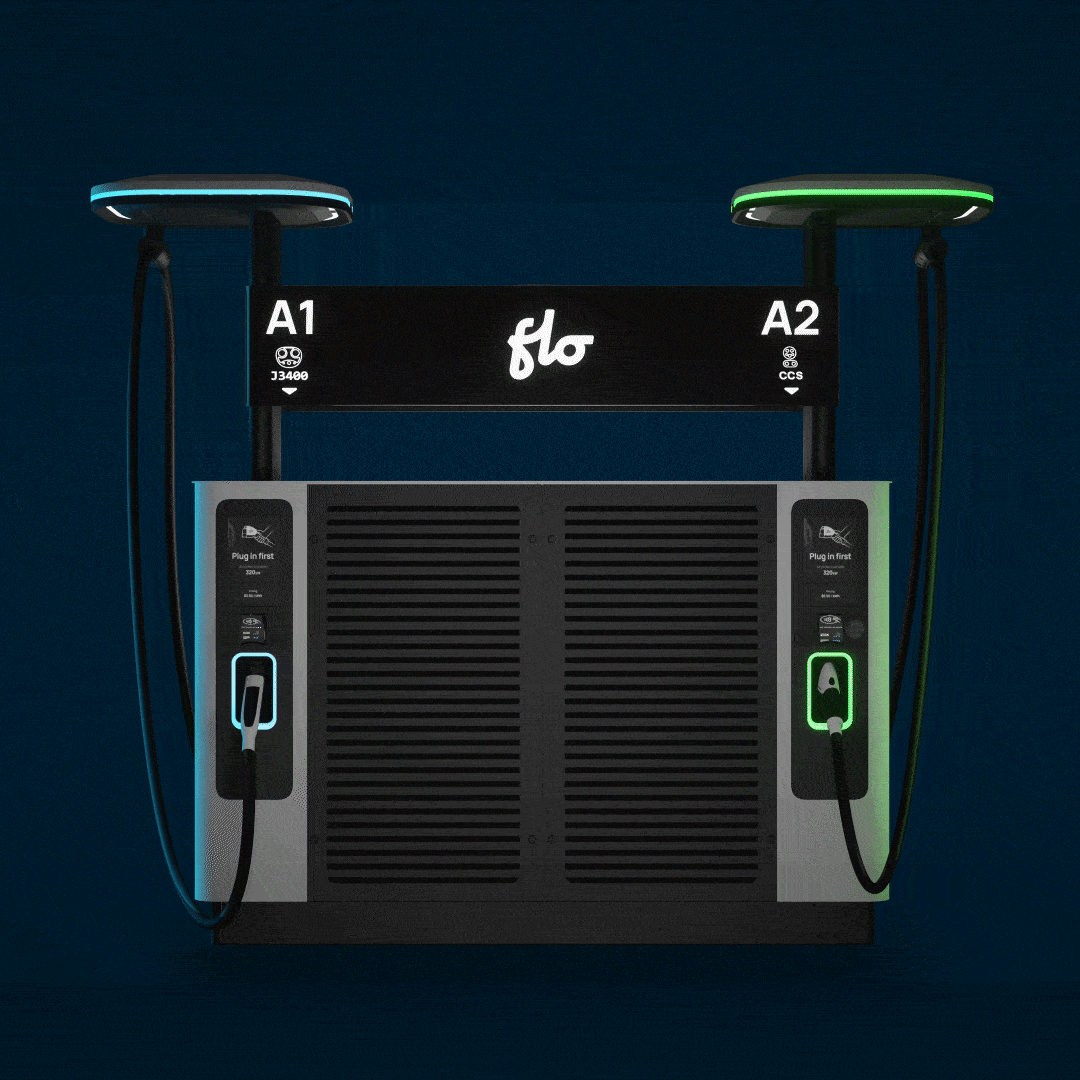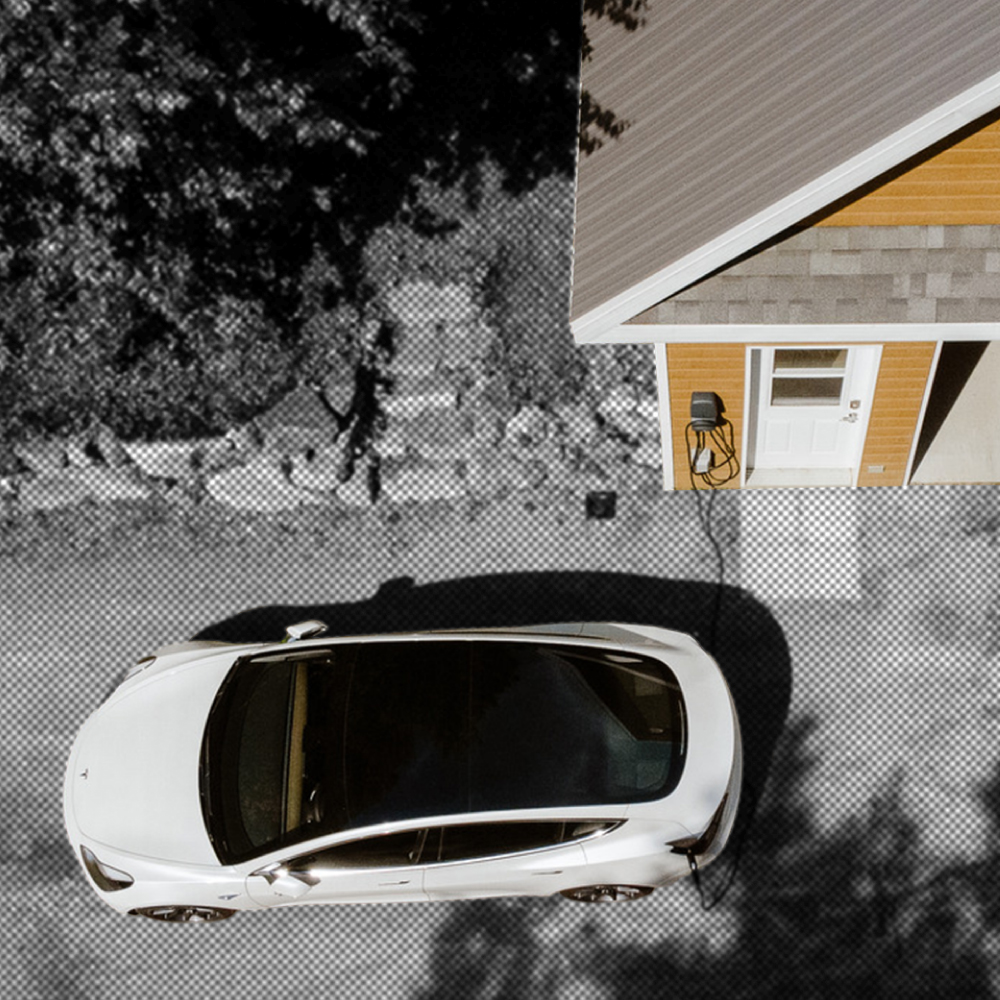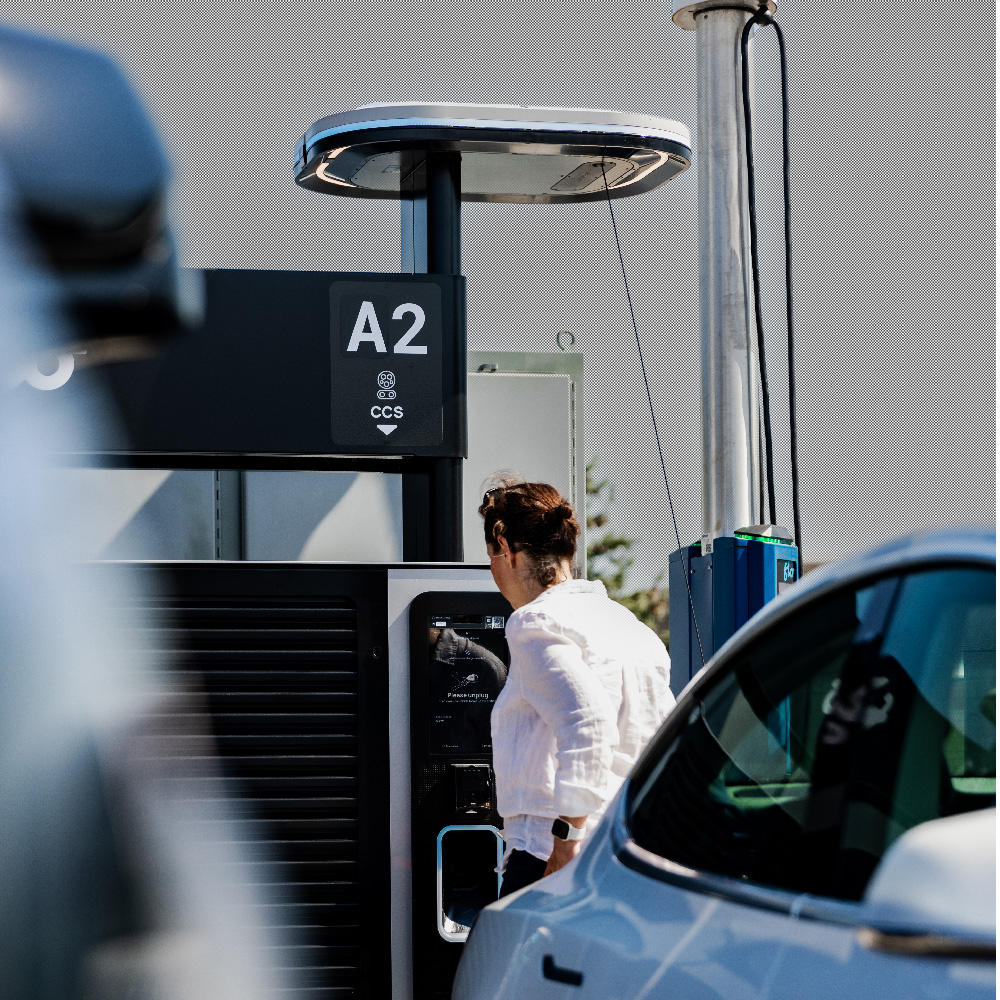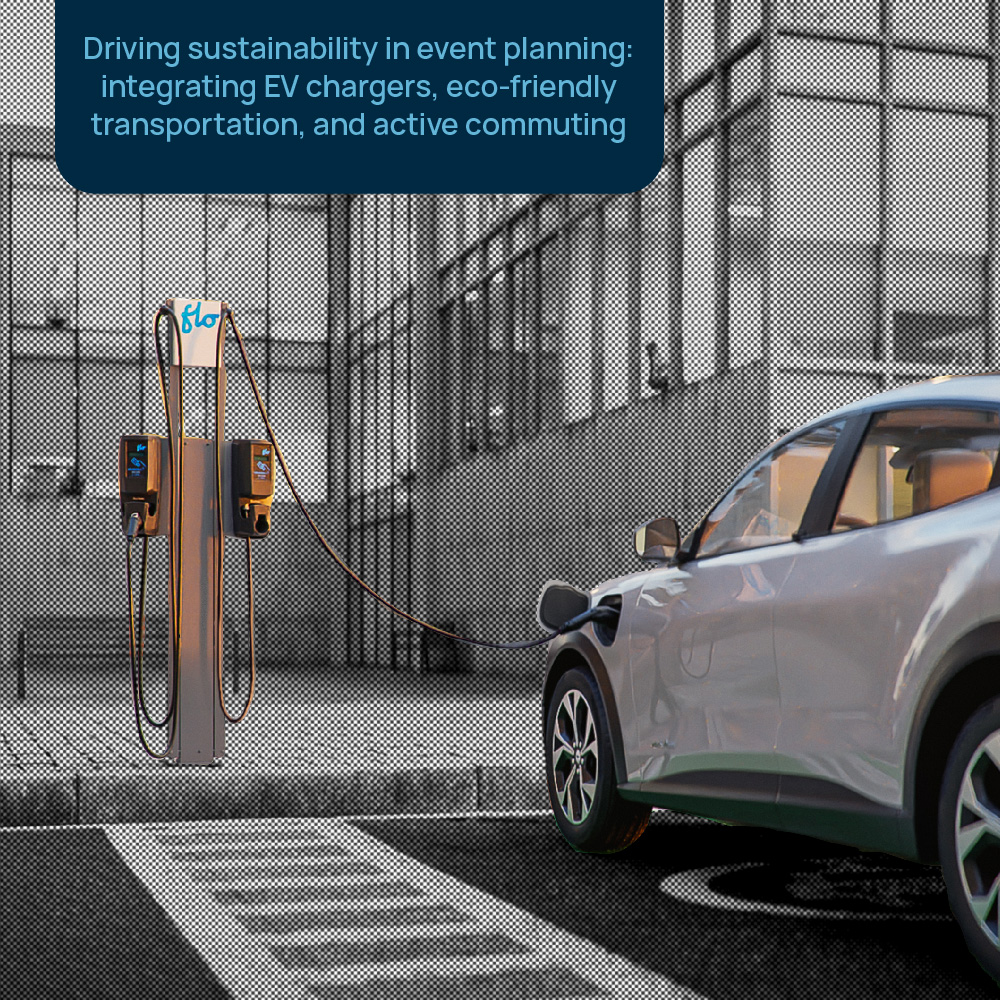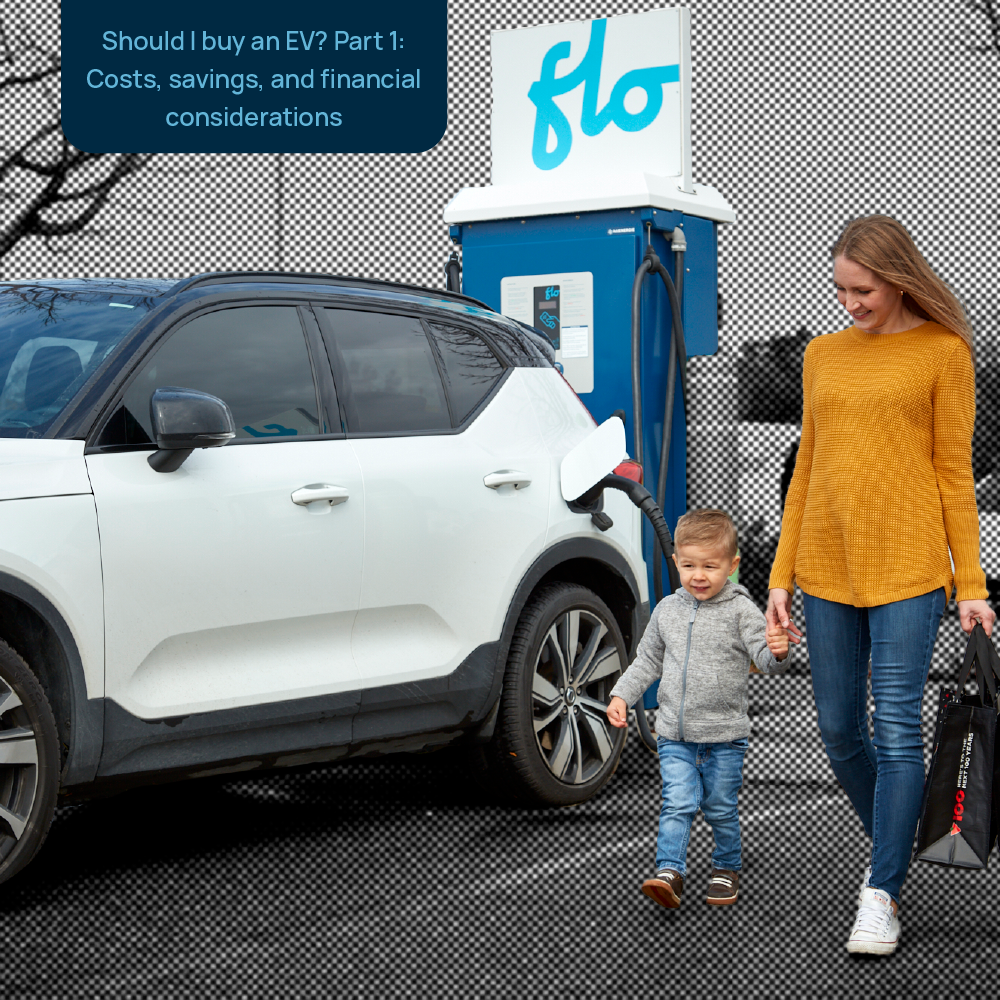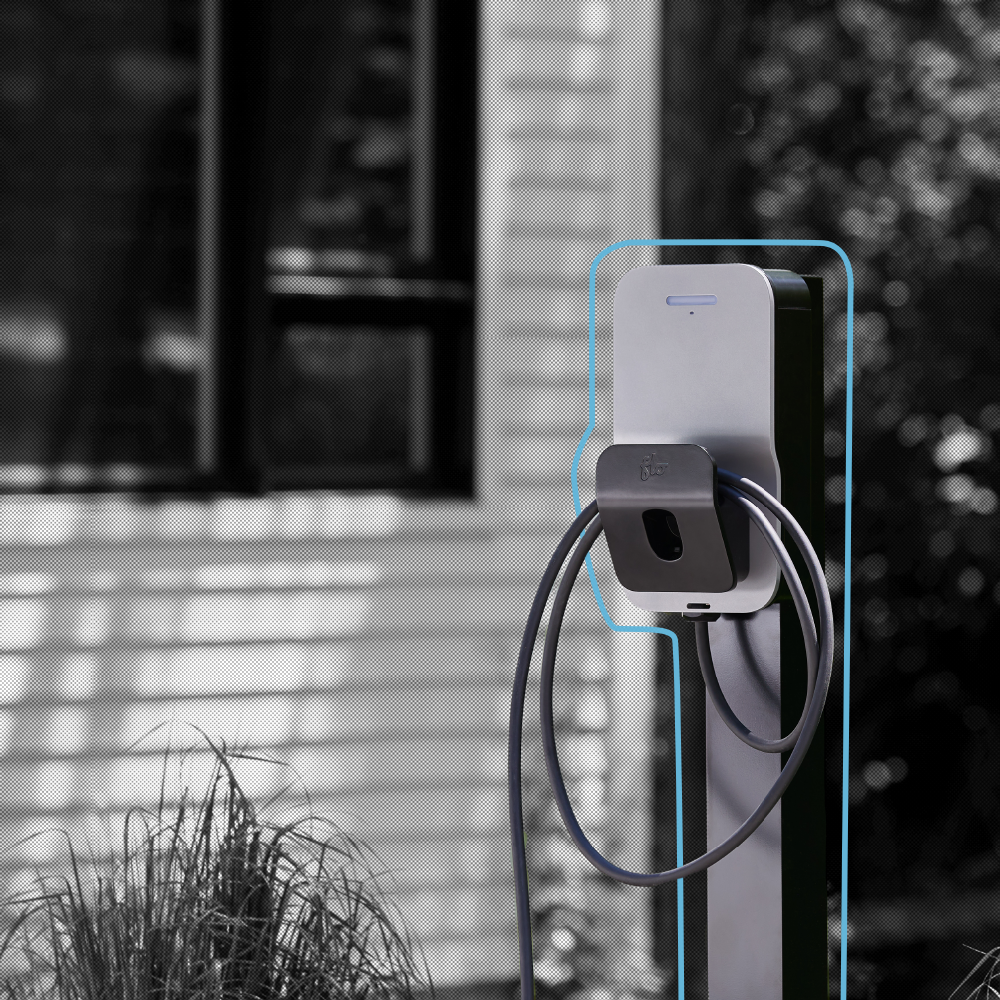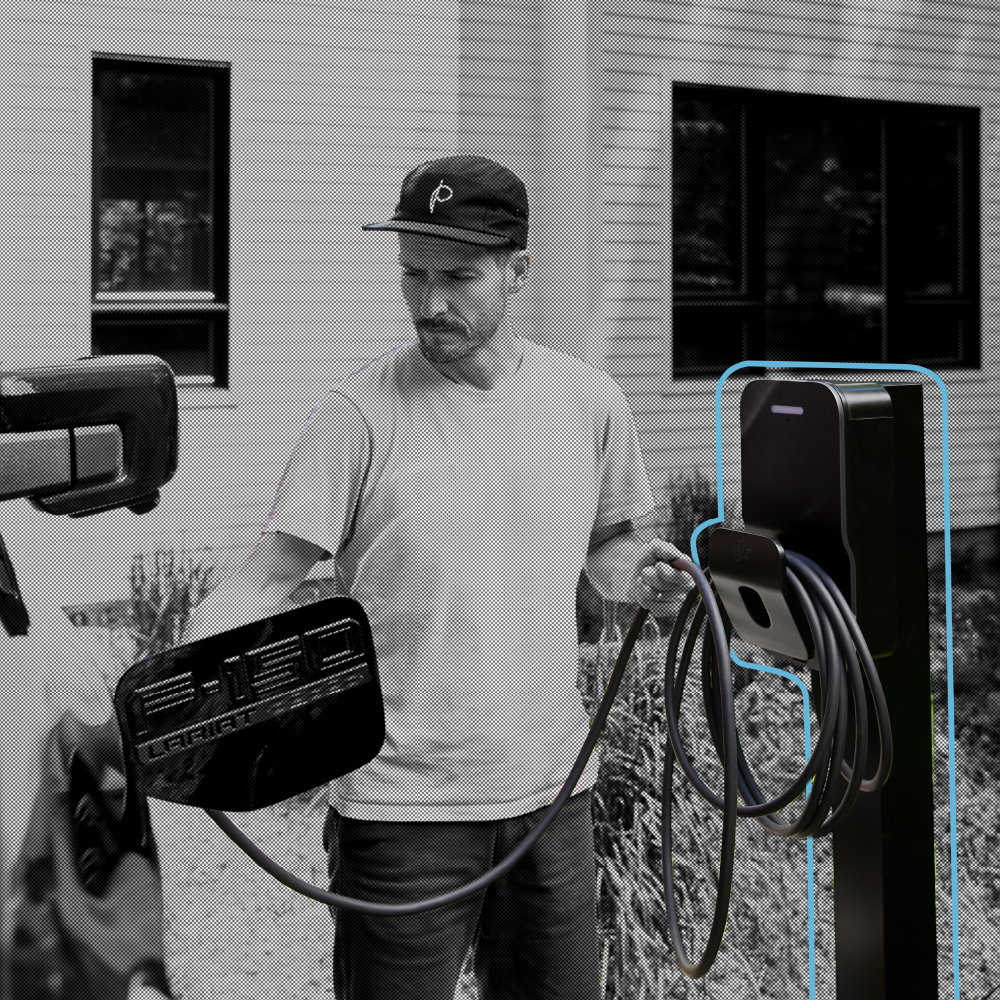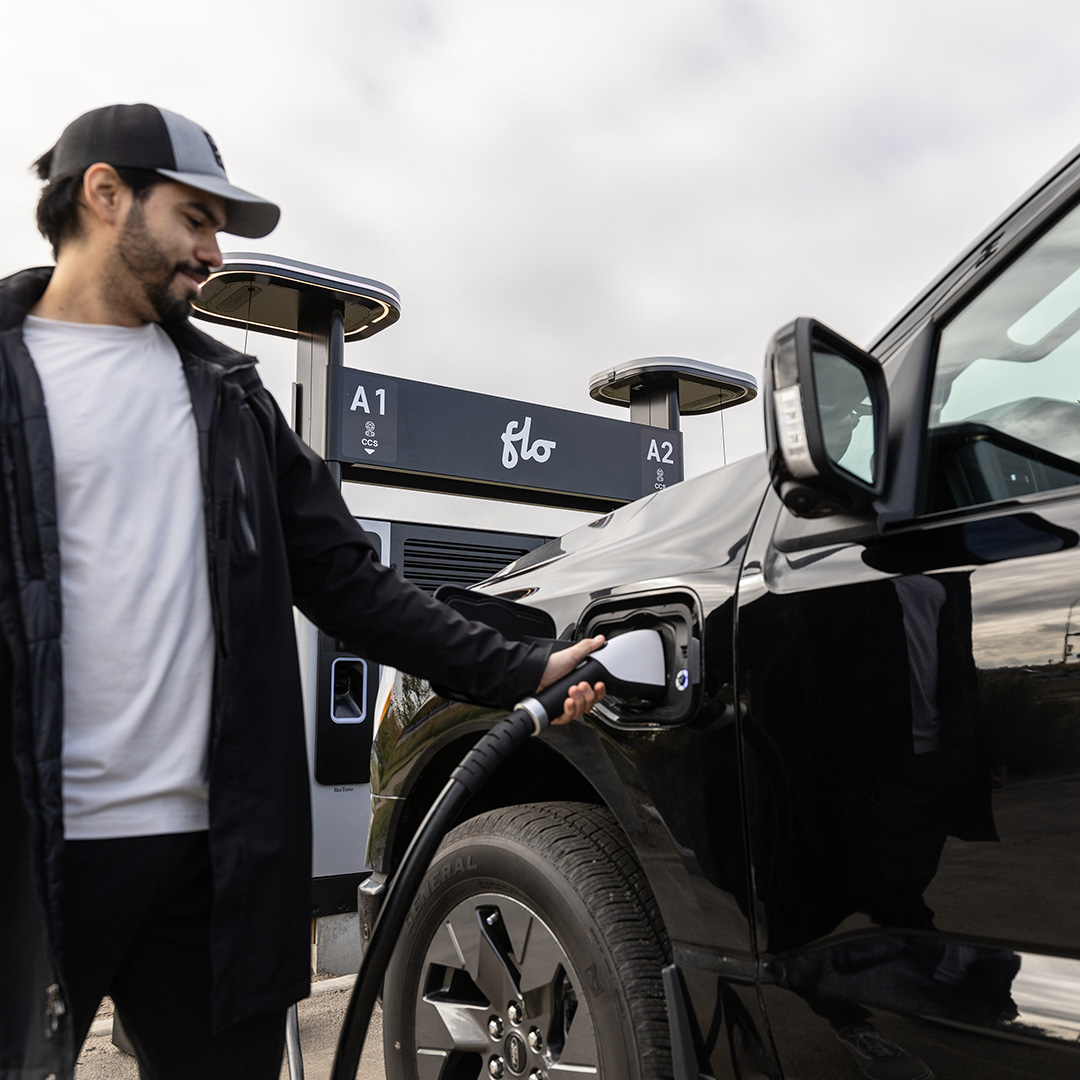Is my Level 1 EV charger good enough?
The question on every new EV driver’s mind: “Do I really need a Level 2 EV charger at home?” We often encounter inquiries like, “I don’t drive that much; won’t my Level 1 EV charger be good enough?” The truth is, it depends. Let’s delve into the distinctions between the three charging levels available for every EV.
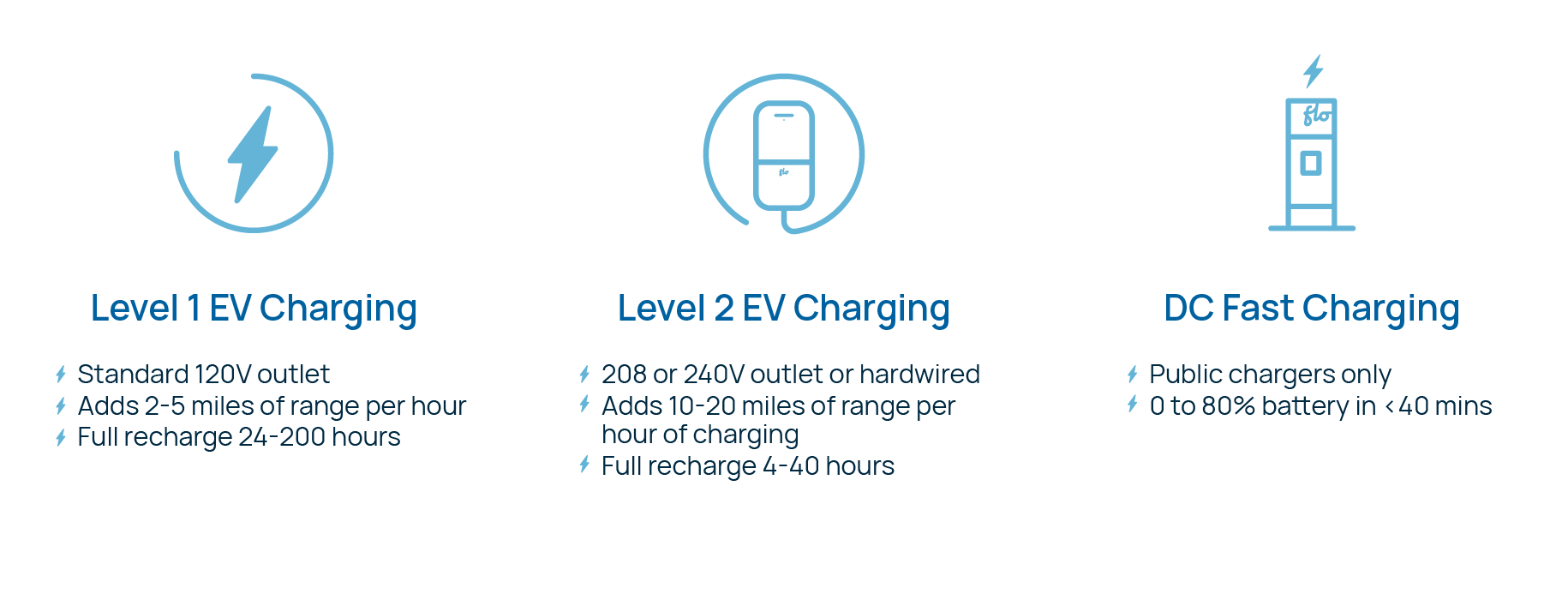
As illustrated, the primary difference lies in charging speed. The decision to use a level 2 home charger depends on factors like daily driving distance, time spent idle, electricity costs, and availability of other charging options. Here are compelling reasons why some EV owners choose a level 2 vs level 1 EV charger:
1. Driving More Than 40 Miles a Day
Relying solely on a Level 1 charger can work when you drive small distances. ENERGY STAR suggests that the tipping point is around 40 miles per day when a Level 2 charger becomes more practical. Let’s break it down with an example:
Sarah had a daily commute of 31.5 miles each way – a total of 63 miles per day just to get to and from work. Her electric vehicle range is 200 miles. She can charge it for 10 hours each day at a rate of 3 miles per hour.
Are you having flashbacks to 7th grade math class? Don’t worry, we won’t make you calculate anything!
Each day, she’d travel 63 miles and recoup 30 in her nightly charging, so a deficit of 33 miles per day. By Friday, she would have only 1 mile of range left to reach home. That doesn’t sound good. Even if she kept it charging all weekend, she would still not have a full charge on Monday morning.
In this scenario, you can easily see how using only a Level 1 charger for a daily commute would be unworkable. Sarah would not want to risk getting to 1 mile of range nor would she want to restrict her weekend activities so that she could charge up. Moreover, she might have other errands to run during the week. By contrast, a Level 2 charging station would allow Sarah to wake up to a fully charged vehicle every morning, and a lot less stress!
2. Take Advantage of Lower Energy Costs
Many utility companies offer incentives such as lower energy rates to charge during off-peak hours. Your utility company can offer Time of Use rates, which can be 50% cheaper at certain times. Level 1 chargers don’t usually qualify for these programs as most will require a smart (networked) Level 2 charger.
Some utility companies offer rebates for Level 2 smart chargers and installation costs for electrical panel upgrades that reduce your upfront investment. Be sure to check what incentives are available from your local utility provider.
Read more: What are smart EV chargers?
You can also optimize your energy expenses by harnessing the benefits of reduced utility costs through the convenient scheduling feature provided by smart home chargers (like our FLO Home X5 charger). Effortlessly plan and manage your charging sessions to make the most of cost-effective energy rates, all of that in the comfort of your home. You can also track your real-time charging progress – another feature offered by our user-friendly FLO app.
3. Park Outdoors
For the 56%* of US housing units without a garage or not parking their car inside the garage, outdoor charging considerations are crucial. You might assume that a Level 1 charger is plug and play anywhere you go. But, Level 1 chargers require a dedicated circuit with a ground fault circuit interrupter (GFCI) and electrical outlet cover to ensure there aren’t sparks, damage or injuries for outdoor use.
Most Level 2 chargers can handle outdoor conditions, which you can check by looking at the enclosure type. It’s best to choose a 4 or 4x enclosure for protection from wind, rain, snow, and corrosion. Most electricians recommend hardwire installations for the outdoors to keep a watertight seal.
*(34% no garage + 33% of 66% with garage don’t park in it)
4. Longevity: Choosing a Charger as Durable as Your EV
Many people transition to electric vehicles because they believe in the promise of a longer lasting and sustainable mode of transportation. However, this commitment to longevity should extend beyond the vehicle itself to include the charging infrastructure. Here’s why your choice of charger matters:
Level 1 chargers, often accompanied by a mere one-year warranty, may not endure the rigors of daily use over the long term. Their design, tailored for mobility, might struggle with the wear and tear associated with regular charging. Level 1 chargers may seem cheaper at first but replacing them often can cost more in the long run.
Investing in a good Level 2 charger is a smart choice, but not all chargers are the same. While most Level 2 chargers have a good 3-year warranty, there are also 1-year and impressive 5-year warranties out there. The extended warranty period reflects the expectation that the charging solution will have greater durability and a longer lifespan.
5. Be More Energy Efficient
EVs work differently from gas-guzzling vehicles. When you put a gallon of gasoline in a gas-guzzler, you have a gallon of gasoline in the vehicle. However, when you consume 1.44 kWh of energy, not all of it goes to your battery. Level 1 chargers are less efficient, with studies showing 80% efficiency, while Level 2 chargers have 90% efficiency. This means that you could pay for 1.44 kWh but only receive 1.152 kWh in your vehicle with Level 1 and receive 1.296 kWh with a Level 2 charging station.
EV chargers spend about 85% of the time in standby mode where they will draw at least some energy just like your laptop does in sleep mode. If you pick an Energy Star-certified device, it will consume 40% less energy when unused. This saves money on your electricity bill and helps the environment.
6. Day to Day Experience
After a few months of daily use, many EV drivers find themselves seeking an upgrade for their experience. The small problems with a Level 1 charger become more noticeable. It often has a shorter cable of about 21 feet versus up to 25 feet cables on Level 2 chargers and can require unique parking configurations to work. The box attached to it becomes a frequent victim of accidental bumps and scrapes, leading to some unwarranted wear and tear.
Read more: Electric car charging safety: what should you know?
Unlike its leading Level 2 counterpart, the Level 1 lacks cable management, resembling more of a wayward hose on the ground than a streamlined charging solution. These day-to-day inconveniences gradually nudge drivers to level up their charging game for a smoother and more hassle-free experience.
Deciding whether to upgrade to a Level 2 charger varies for each individual because of different factors. Assess your daily travel, parking, energy costs, and environmental impact to make an informed choice for convenient EV charging.
If you’re thinking of making the switch or purchasing a Level 2 home charger for your electric car, we have a comprehensive guide ready to help you find the best one for your needs!

